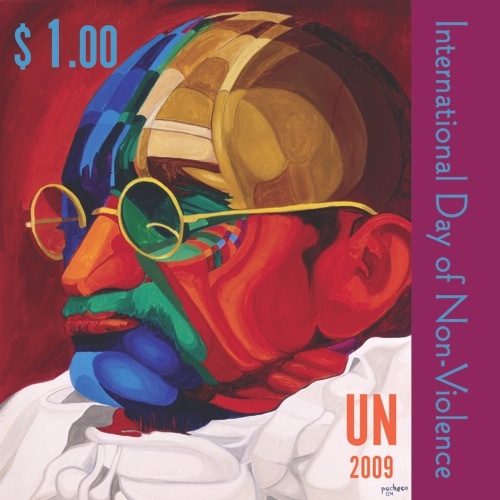"The story does not end here. We are going to press on in the struggle, until the last political prisoner has been freed, until we achieve freedom and democracy for the Cuban people."
- Ariel Sigler Amaya in interview with Agence France-Presse (AFP) shortly after arriving home

Ariel Sigler Amaya, an Amnesty International prisoner of conscience*, entered prison unjustly in 2003 a healthy athletic man and exited a Cuban prison today an emaciated paraplegic. His brother Guido Sigler Amaya, another prisoner of conscience, continues in prison serving an unjust 20-year prison sentence. Photographs taken today by Associated Press and Reuters as he arrived home are shocking:

Emaciated, in a wheelchair, and his legs (in the photograph below) nothing but skin and bones.

In the midst of a global conversation on Cuba and torture sparked by the withdrawal of an invitation to the UN expert on torture Manfred Nowak and his public comments along with UN Cuba Mission's coarse reply it is important to remember some concrete facts among the diplomatic theatrics and political spin:
1. There are hundreds of known political prisoners in Cuba and with laws such as "dangerousness" that locks people up because of their social class the number could be in the thousands.
2. They are enduring inhumane conditions and practices that amount to torture. As the pictures above attest.
3. Some prisoners have died as a result, others have been left crippled, their health compromised with illnesses acquired in prison, and others have died on hunger strike to protest conditions.
A prisoner of conscience is anyone imprisoned for the non-violent exercise of their beliefs. Independent journalists, human rights activists, and Project Varela petitioners currently imprisoned in Cuba are prisoners of conscience. According to Amnesty International, the human rights organization founded in 1961 a "prisoner of conscience" is someone imprisoned solely for the peaceful expression of their beliefs. The term was coined by Amnesty International’s founder, civil rights lawyer Peter Benenson. For example in South Africa, Steve Biko was identified by Amnesty International as a prisoner of conscience whereas Nelson Mandela was not. Amnesty has identified Cuban prisoners of conscience and repeatedly called for their release. Two historic examples pre-dating Amnesty International would be Mohandes Gandhi and Martin Luther King Jr. Today, Cuba's Dr. Oscar Elias Biscet and Burma's Aung San Suu Kyi are two examples of prisoners of conscience.





No comments:
Post a Comment